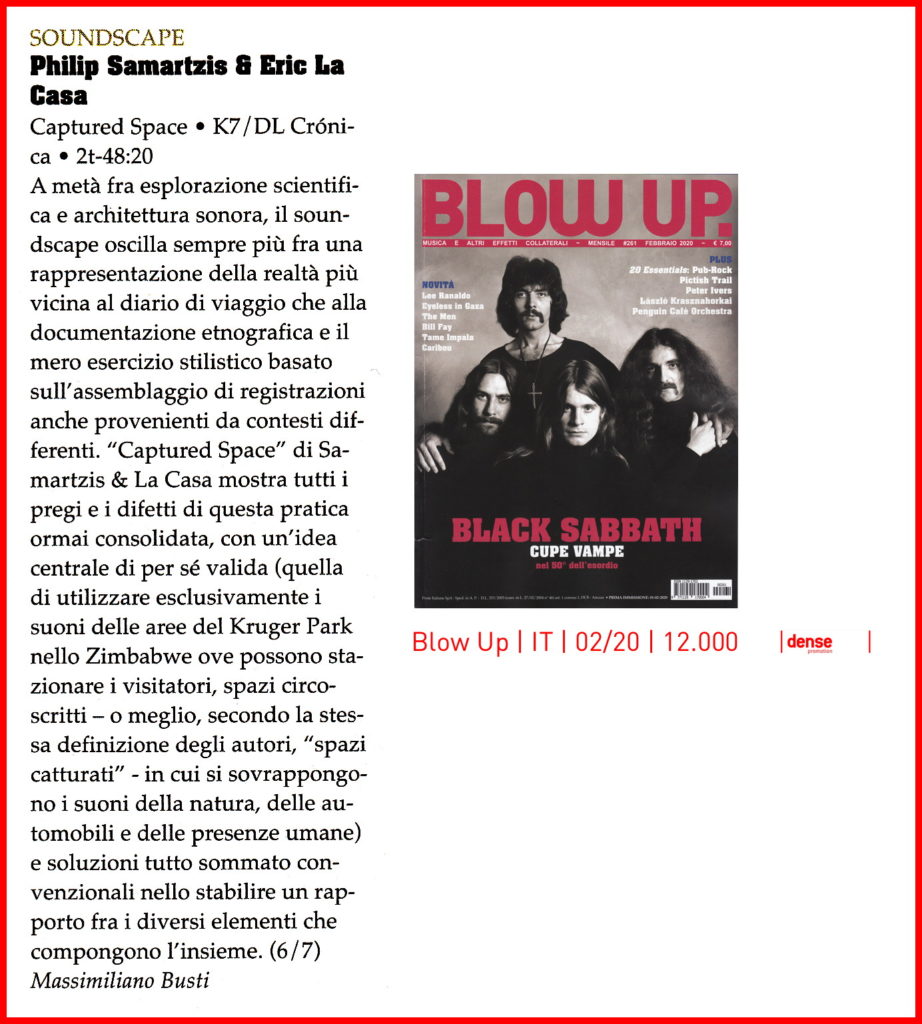
Why do so few improvised recordings feature vocals? Here’s a theory.
Part of improv’s appeal is the vulnerability of the artists involved. On-stage or in-studio, it requires a degree of self-assuredness that few of us can muster. This is what’s so often misunderstood about improvisational performance. The absence of written music does not make it easy. It makes it difficult, sometimes frightening.
In this respect, a musician’s instrument is a kind of shield. And while there may be no great difference between an expressivo saxophone and vocal performance (it is all about breath after all), maybe that razor-thin distinction is indicative of just how intimidating it is to get up on a stage with nothing but imagination.
Portugal’s Diana Combo has delivered a spell-binding, richly textured album that pairs instrumental and vocal improvisations. Boa-LÃngua is her second under the name SÃria. She also produces turntablist work as EOSIN and is a frequent collaborator with other artists.
“Boa-LÃngua was born and developed as a result of a subconscious will and energy, rather than a clear idea that was intended to be seen and heard,†writes Combo in the album’s notes. “During a season in the studio, the voice was given way to freely exist in a context of exercises of improvisation. … [I]t developed by itself, with me being an attentive vehicle, an open channel for the work to flourish. The sounds beyond the voice come from various sources: percussions were recorded by me in the studio, other sounds were collected from archives.â€
The album features traditional chants and songs. Some of the latter are lyrical; including an Azerbaijani song and a pair or originals, one in Turkish and one in Portuguese. Some are simply improvisational vocals that do not feature lyrics.
The vocal recordings began as practice sessions, not intended for release. Listening to the album though, it’s not difficult to imagine Combo concluding she had something special here. There is an endearing vulnerability throughout. Her performance invites us into what sounds like a private place, without a hint of discomfiture.
The music surrounding her vocals is just as compelling. She incorporates multiple sound sources – field recordings, electronics and more – with a lovingly delicate touch. Kevin Press
via The Moderns






